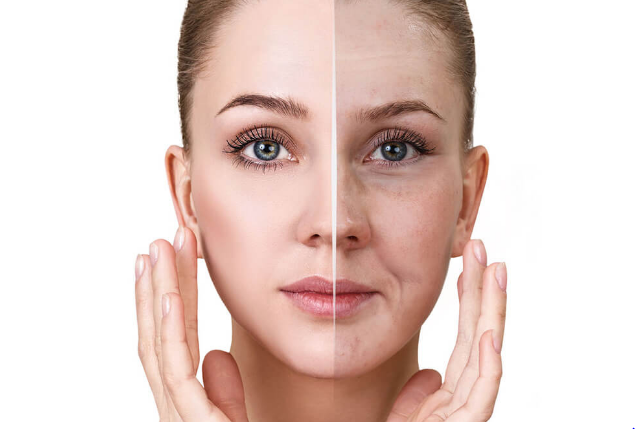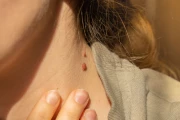Achieving and maintaining vibrant, healthy skin can pose a challenge, as dullness may occasionally take hold. Should your skin consistently display a lackluster and pale appearance, the culprit could be sallow skin. This condition, affecting individuals, particularly those with lighter skin tones, results in a diminished complexion and overall vitality. Characterized by a yellowish/brownish hue, dehydrated texture, and reduced vascularity, sallow skin can be influenced by diverse factors ranging from medical conditions to lifestyle choices.
Fortunately, implementing the right routine adjustments and habits can often correct this skin condition. In the following sections, we will delve into the essentials of sallow skin, covering its basics and available treatments.
What Is Sallow Skin?
Sallow skin is indicative of a loss of complexion and overall skin vitality, manifesting in a shift in the natural appearance of those with lighter skin tones. The skin takes on a yellowish/brownish tint, appearing dehydrated, dull, and gray, with diminished vascularity and plumpness.
How To Treat Sallow Skin?
An initial step involves evaluating your lifestyle choices. Adequate sleep and hydration are crucial elements to consider, with the color of your urine serving as a helpful indicator. Dark yellow urine may suggest dehydration, while clear or light yellow signals sufficient hydration. A reassessment of your diet is also advised to ensure a well-balanced intake of nutrients. Incorporating colored fruits and vegetables, such as red peppers and green spinach rich in vitamin A and iron, can be beneficial. Elevating vitamin C consumption can contribute to skin brightness.
Engaging in regular exercise is emphasized, as it promotes blood circulation, delivering fresh nutrients to the skin and stimulating lymphatic flow, responsible for eliminating waste from cellular processes. Once lifestyle factors are addressed, scrutinizing your skincare routine becomes pivotal. Inadequate skin hydration can lead to a dry, lackluster complexion. Adopting a comprehensive skincare regimen, encompassing twice-daily cleansing, exfoliation, toning, moisturizing, and daily sunscreen application, is considered an effective approach. Advanced treatments like lasers, light devices, microneedling, and chemical peels can further aid in skin rejuvenation, boosting collagen formation and cell turnover.
Conclusion
Sallow skin, characterized by dullness and a yellow/brown hue, may arise from various medical and lifestyle influences. Fortunately, preventive and corrective measures are available. Evading sallow skin often hinges on embracing a healthy lifestyle, involving a nutritious diet, sufficient sleep, regular sunscreen use, abstaining from smoking, managing stress, and actively participating in one's overall health.













